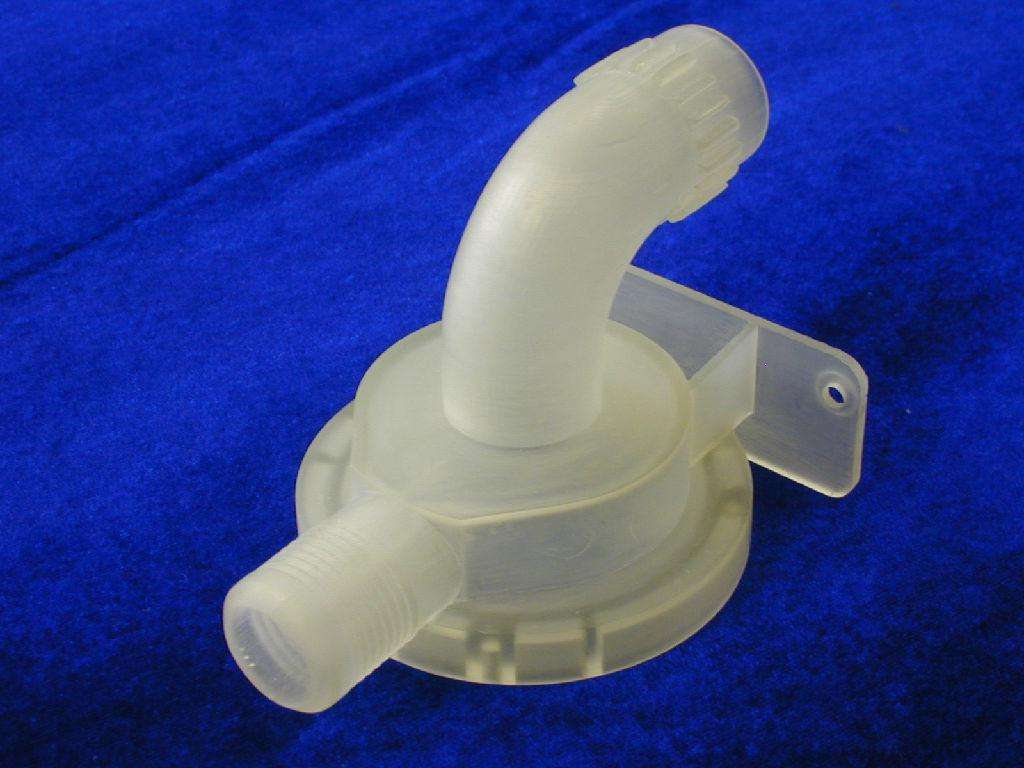
Additive and subtractive manufacturing practices have increased the usage of rapid prototyping to design next-gen product concepts without long-term commitments. This has further reduced the cost and time it may take to create a prototype.
Rapid prototyping services use CAD (computer-aided design) models and data to create a tangible product. To achieve a well-tested product, a number of processes are used in modern rapid prototyping across many industry verticals.
Let’s break down the most common rapid prototyping methods and select the best amongst them for your project.
Comparing Prototyping Processes
1. Stereolithography (SLA)
SLA is an industrial 3D printing that uses UV-curable photopolymer resin in a computer-controlled laser. Depending on the kind of printer, the hard layer is then lowered or raised so that more resin is sandwiched between the hard layer and UV source, creating a product with thousands of individual layers adhered to each other.
Pros:
For concept models, complex designs, and cosmetic prototypes, SLA produces parts with complex geometries and good surface finish as compared to other additive procedures.
2. Selective Laser Sintering (SLS)
SLS is another useful additive manufacturing method that uses the sintering process, where computer-controlled CO2 laser captures into the hot surface of nylon-based powder that further fuses the powder into a solid.
Pros:
SLS parts are likely to be more accurate and durable with intricate geometries, best suited for some functional testing.
3. CNC Machining
Computer Numerically Controlled (CNC) Machining is a subtractive method using milling tools to cut a design from a portion of materials called a workpiece. It is used to create plastic or metal prototypes that need to be tested to ensure they can withstand harsh working conditions.
Pros:
CNC machining is used to produce prototypes from an array of materials in a high-quality finish. Machined parts are strong and the process is relatively fast because they use engineering-grade thermoplastics and metal components.
4. Injection Molding
Rapid injection molding uses pressurized liquid thermoplastic resins into a specific mold. The thing that sets this process apart from traditional injection molding is that the mold is typically made from aluminum instead of steel. Nearly all liquid silicone rubber (LSR) or engineering-grade plastics can be utilized in injection molding.
Choosing a Suitable Rapid Prototyping Process
There are various types of prototyping based on reliability and stage of development. When selecting the prototype process, consider key factors like concept model, assembly/fit test, chemical resistance, thermal properties, mechanical properties, material choice, and regulatory testing.
Uidea is an ideal partner for advising and helping you choose the right manufacturing process for your prototype. Feel free to consult us to bring a game-changing product to the market.
















